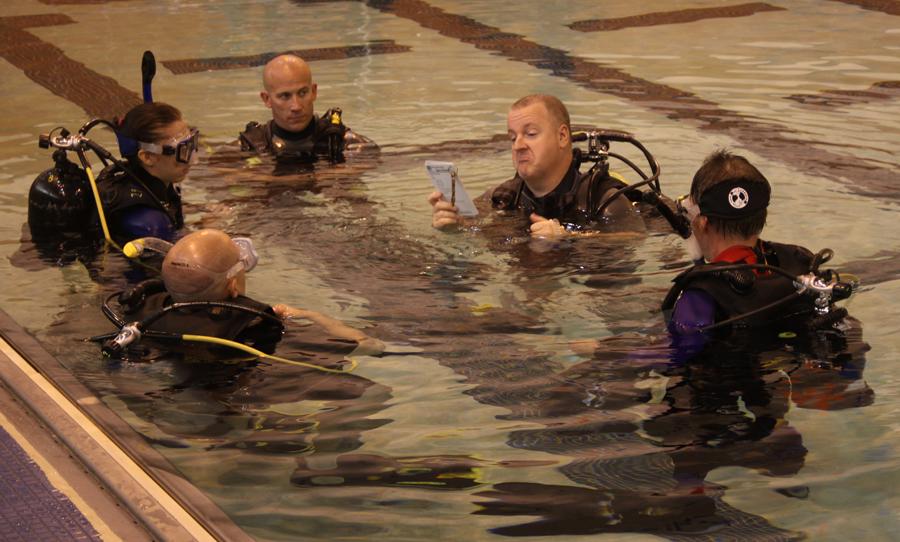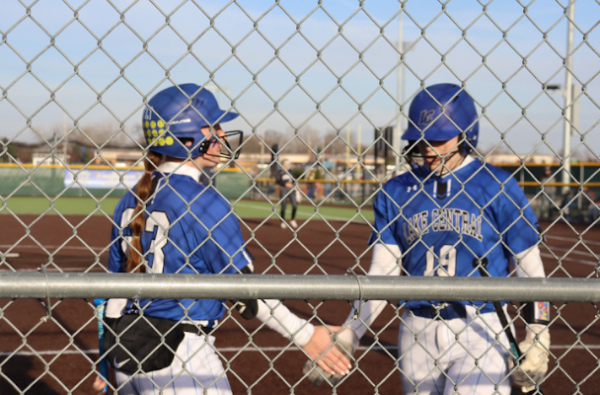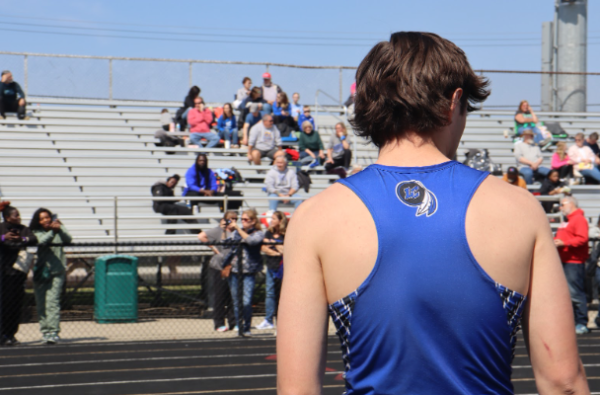Swimming for scuba
Chris Gordon, Dive Control Specialist, reads members of the scuba diving class instructions. The group then puts on the masks and snorkels and goes under water.
August 28, 2013
Every two weeks, a marine biology scuba diving class takes place at the pool from 10 a.m. to two p.m. and is open to all. Participants must be comfortable in water and have basic swimming skills in order to attend. During the session, participants are taught the skills needed for snorkeling, as well as 12 general scuba diving skills.
Doug Gossage, Owner of Goose’s Scuba Shack in Dyer, has been diving since 1976 and is in charge of the program.
“When I learned [how to scuba dive] in the ‘70s with my father, who has now passed away, it was a good way to bond. We see that a lot with parents and their children in the classes,” Gossage said.
The class starts with a warm-up of treading water, and then moves on to the scuba dive training.
“There are four students per instructor, and we are always encouraging kids from school to come in and practice their skills,” Gossage said.
This program also does training for the students going on the week-long Marine Biology Florida Keys Deep Sea Dive.
“At Goose’s, we offer a couple of choices for scuba diving. Try Scuba is a great way to get wet and get the experience of breathing underwater in the weightlessness environment of scuba diving. Signing up for the entry level certification, open-water certification is the first step in becoming a recreational diver. Goose’s trains LC Marine Biology students in obtaining their open-water certification for their marine biology trip to Florida every summer,” Sharon Brown, open-water instructor, said.
For more information or to sign up for the class, visit www.goosesscuba.com










